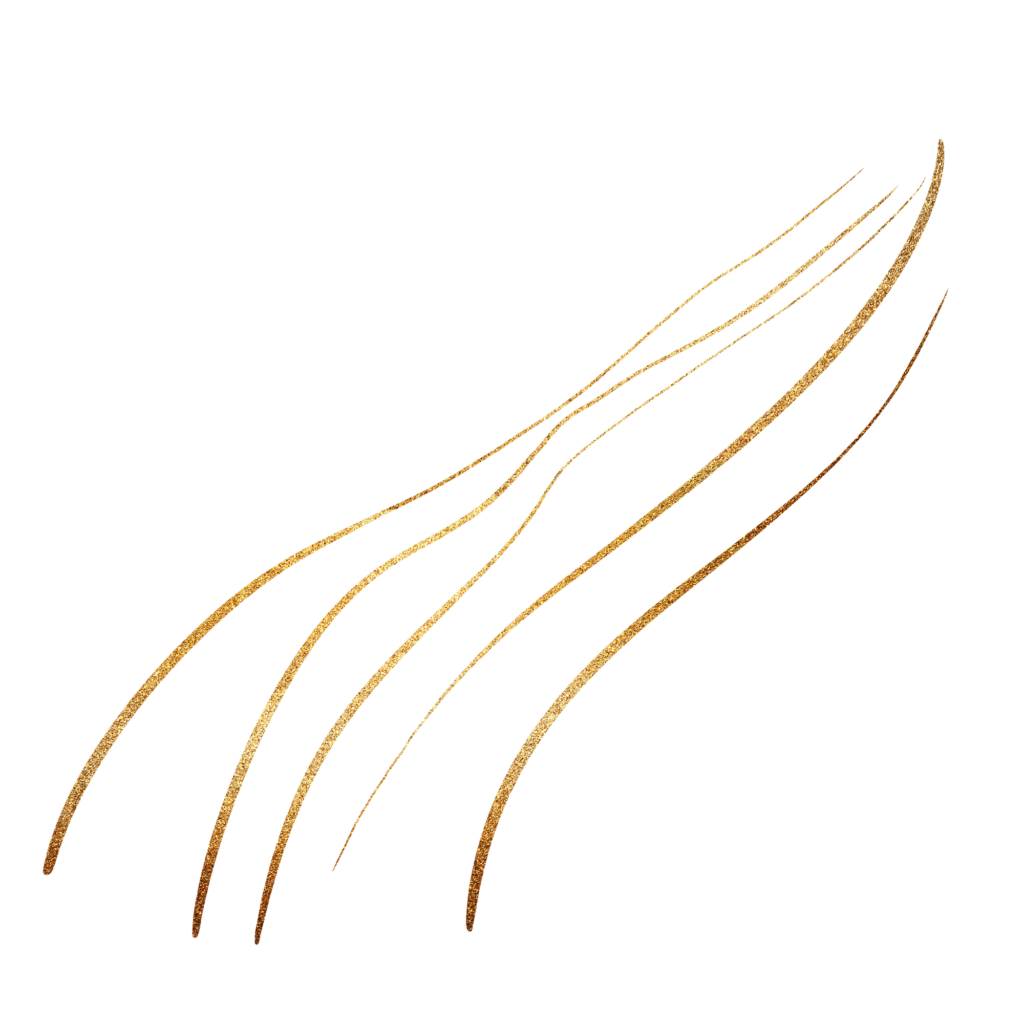Do you also feel like there is no end to self-actualisation?
And do you also enjoy that truth as much as I do? In case you do, welcome to my blog! Today I want to introduce you to Human Design (HD) and the five types that exist within it.
Do you know your strength? What about your weaknesses? How do you deal with everyday tasks? What are your personal challenges? All these questions can be asked by looking at your individualized Human Design Chart. Isn’t that crazy? However, it is not about telling you who you are or who you should be; rather, it is about revealing your natural tendencies to behave and think in order for you to evolve the skillset required to make the most of it. So, without further ado, let’s dive into it!



Today’s content in a nutshell
What is Human Design?
What parts does it consist of?
The five Types in Human Design
1. What is Human Design?
Human Design is a combination of different charts which have been channeled by Robert Krakower (Ra Uru Hu, 1987). It consists of a chart that looks at your personality traits as well as your birth chart.
Overall, it combines aspects of these different teachings:
- Indian systems of Chakras
- Kabbalah
- I Ging
- Genetical aspects
- Astrology
- Quantum physics
What is special about Human Design is that it does a great job at portraying people in the many aspects they have. Wisdom gained from Human Design often helps people to find their true talents and passions as well as fears and core beliefs that hold them back. Therefore, it is a great tool for self-fulfilment. Moreover, it can enhance your ability to feel compassion, acceptance, and empathy for yourself and the people around you.
If you have never taken the test, click the link below to get your free Human Design Chart.

2. What parts does it consist of?
Human Design consist of five different aspects, which I will explain in individual blog articles. Therefore, we get the chance to dig deep and really focus on one aspect at a time.
Here are the five different areas that Human Design looks at.
- The Nine Centres
- The Five Types
- The Six Authorities
- The Twelve Profiles
- The Six Lines
So, for today, we will dig deeper into the five different types in Human Design.


Free Guide for setting healthy boundaries
Feeling overwhelmed? It’s time to set healthy boundaries in your life, relationships, and career! 🧘♀️✨
3. The Five Types of Human Design
1. The Manifestor
People who count in that category are very talented CEOs, not only because they have a hard time working in the lower ranks of a hierarchy. Approximately 8% of all people are manifestors, and these people have no problem doing what they need to do to get what they want. They are also gifted with a great sense of the future and what may happen next, which makes them great leaders.
Yet, as with every type, they also have their challenges. manifestors often struggle with communicating since they want to do it all by themselves. Therefore, they often forget to inform their teammates about the necessary steps and risk the whole project. These people may want to learn to communicate better and share the work. They can also open themselves to more creative ideas and learn to enjoy their world of fantasy.
Generally speaking, manifestors don’t fit into today’s society very well since they lack sacral energy. This means that they need a great number of breaks every day and they shouldn’t work more than 4 hours a day.
2. The Generator
Generators and Manifesting Generators equal about 70% of the population. Today’s society enables these people to thrive the most.
Generators are highly energetic people who never seem to burn out and work all day long for the things they believe in. B But here’s the catch: they have to enjoy what they do and/or see the bigger picture.
Once generators learn to follow their intuition, they usually only need a little help at the beginning to eventually run by themselves. They are great sources of empowerment and motivation for others, and they are most content when they are doing meaningful work.
Challenges for generators lie in the feeling that they have to finish everything they have started. This may not sound like a big deal at first, yet generators can waste tremendous amounts of energy on projects that aren’t worth finishing just because they believe they have to.
Another challenge may be open questions. Sometimes these people have a hard time finding answers, and therefore a more subtle yes-or-no type of question can be a great relief.
What generators can learn is to start running without any help at the beginning. They can learn to listen to their gut feelings and may want to protect their energy resources a little better, even if it seems like there is no end to them.
A tip for generators: start your day with things you enjoy before you target the more uncomfortable tasks.
3. The Manifesting Generator
These are the talented people who seem to have it all. They usually run three businesses alongside each other while maintaining a healthy relationship and raising their children. They are incredibly good at initiating new projects, yet have a hard time finishing them. Contrary to the generator, the manifesting generator usually finishes less than he started. For them, it’s really easy to learn new things fast, and they have no problem watching videos and doing courses at double speed.
A big red flag for them, as well as for generators, is when somebody wants them to do something. Once they feel like they have been erupted of their freedom, they react with frustration and procrastination.
Manifesting generators may want to learn to say “no” more often as well as to take one step at a time. They can also learn how to ask for help and how not to overwork themselves.
4. The Projector
About 22% of the population falls into this category. Those are the teachers, the coaches, and the psychologists. Helping other people in their individual ways is their natural talent. Problem-solving as well as leadership are their second names. Projectors are born for success and have no problem working several hours a day.
What projectors may want to learn is how to take breaks and how not to strive for approval. Many of them give advice to people without invitation, which can lead to conflict. So maybe you want to consider waiting for people’s questions before you hand over your advice and knowledge.
5. The Reflector
This is the rarest type, with about 1% of the current population. The special thing about reflectors is their ability to mirror other people perfectly. These people possess only undefined centres and are therefore completely open in every aspect to the energy around them.
This can cause a great deal of conflict since they will very accurately confront you with your deepest fears and wounds. But they are also able to understand you on a soul level, and therefore, you may feel more understood than ever before.
For reflectors it is absolutely crucial to create a safe space where you can be all by yourself. Since you catch up on the energies around you all day long, make sure you have a quiet space for yourself to escape to whenever you need to. This is, ideally, a room in your own home that you can access freely.
Moreover, for projectors it is really important to make decisions in alignment with the moon cycle. Try to wait with every decision until the next cycle to make sure it was taken from a place of trust and oneness in yourself.


If you allow someone to be who they are and they allow you to be who you are, then that’s love. Anything else is torture.
Ra Uru Hu
Ra Uru Hu

What we can learn is clear:
As with every personality test, take all the information with a grain of salt. No test will ever be able to depict you in the multifacatedness of your being. But this is a great chance for you to learn more about yourself and get an idea of what you can do to improve your life.
This is especially effective when it comes to the workplace, because too many of us often find ourselves running out of energy once we come home. So, consider your type and try to make the adjustments needed to secure your energy and your well-being.
I am excited to dive deeper into this Human Design journey with you.
Much love,
Nadine



